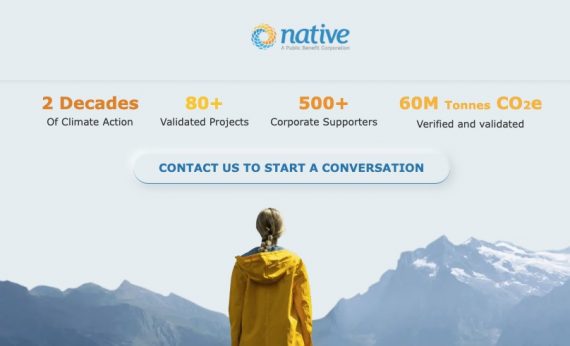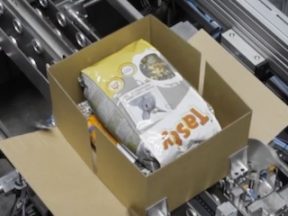The so-called “last mile” of ecommerce delivery arguably produces more pollutants per package than any other segment. Picture a UPS truck driving multiple city blocks to deliver a single item.
The World Economic Forum forecasts a carbon emission increase of 30% in the next 10 years and the demand for last-mile delivery to grow by 78%. But improvements in infrastructure and route planning can significantly lower last-mile emissions, benefitting consumers, companies, and the environment.
Here are five ways merchants can help.
Offer Green Delivery
Consumers are often unaware of the environmental impact of various delivery options. Providing information about those options can help improve last-mile sustainability.
One example is a study from the Massachusetts Institute of Technology’s Sustainable Supply Chain Lab, which quantified the impact of delivery. Beginning in 2017, MIT researchers asked consumers whether they wanted fast shipping or a slower alternative that saved 100 trees. When presented with this information, 40% of respondents said they would be happy to wait longer for their order — to combine nearby packages in a single delivery — and save the trees.
Use Carbon Offsets
Carbon offsetting can neutralize the environmental footprint of a business.
Companies can track their use of fuel, energy, and storage to produce an approximation of their carbon footprint. Carbon-offsetting businesses, such as Native, can do this.

Native.eco can help companies estimates and manage their carbon emissions.
Implement Click-and-collect
Allowing customers to collect orders from predetermined pick-up points instead of direct-to-door delivery has several benefits. Click-and-collect enables secure delivery without the customer’s presence, lower delivery costs, and fewer emissions.
Customers may pick up their orders via public transport en route from work or leisure activities, thus decreasing traffic. For example, delivery vehicles at pre-assigned spaces at drop-off points cause much less congestion than when double-parked.
Optimize Packaging
Package volume is crucial when considering last-mile costs and sustainability. Prioritizing fast delivery often results in generic packaging to speed-up packing time.
But excess space in packages means less available storage on trucks, increasing costs and lowering sustainability. Minor tweaks to packaging procedures can help.
Communicate Delivery Status
Tracking and communication via app or text messages can improve customer confidence, reduce failed deliveries, and improve first-time delivery rates — cutting down on multiple trips for attempted deliveries by drivers and thus reducing carbon emissions.





